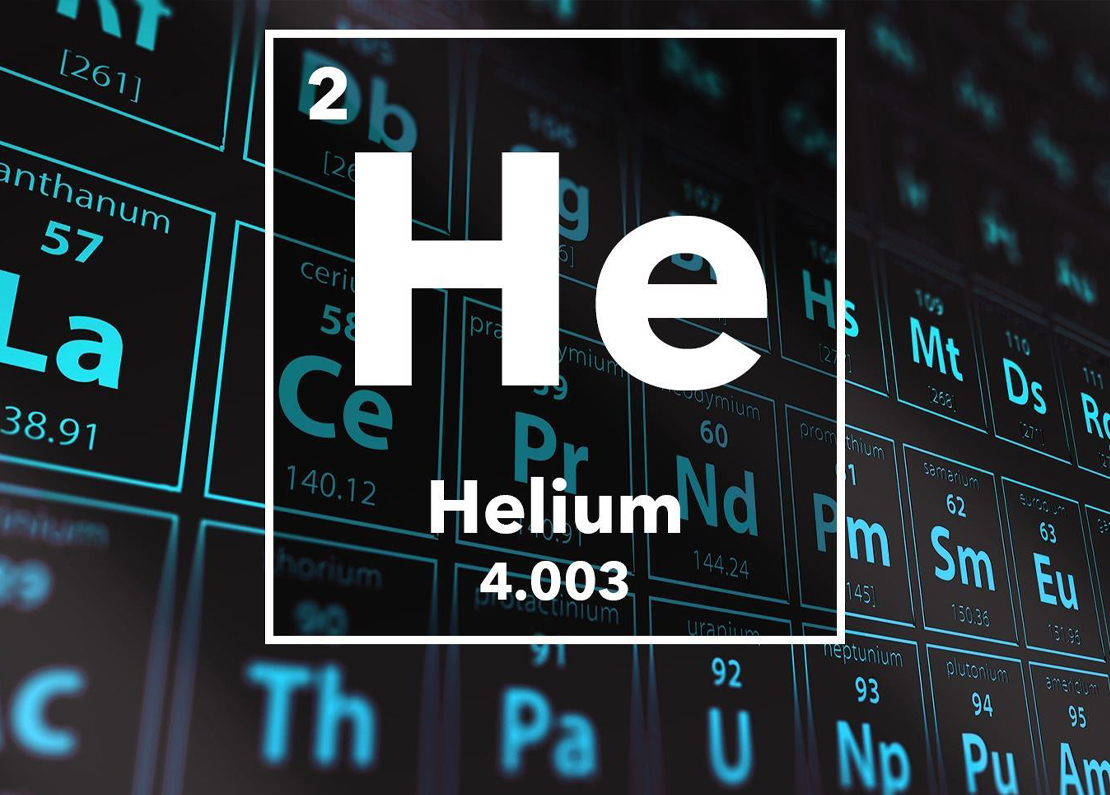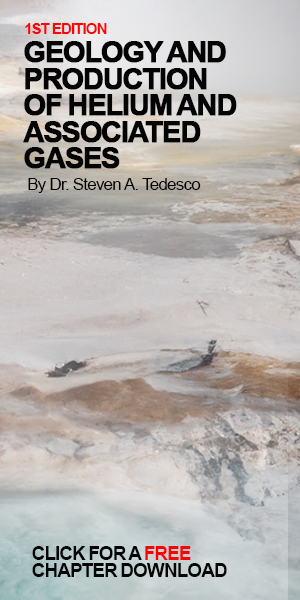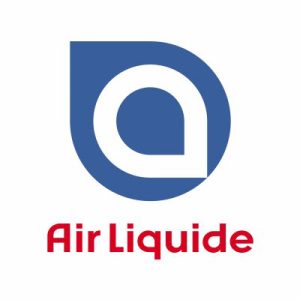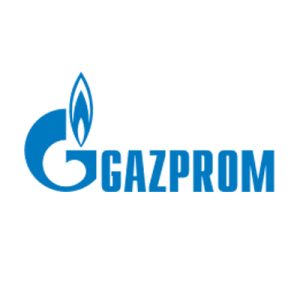Helium, an inert gas with unique properties, plays a critical role in a variety of industries, ranging from healthcare and electronics to aerospace and research. The helium market has seen substantial changes over the past few years, with significant shifts in supply, demand, and pricing. This article delves into the latest market trends in helium, identifies the dominant players, and provides a detailed analysis of the growth trajectory in the space.
Market Overview
Helium is a non-renewable resource primarily extracted from natural gas reserves. Its unique properties, such as low boiling point, high thermal conductivity, and non-reactivity, make it indispensable for applications like cooling superconducting magnets in MRI machines, cryogenics, serving as a protective gas in welding, monitoring blimps, automotive and manufacturing sectors, and for use in aerospace.
The global helium market has been expanding steadily, driven by rising demand in key sectors. According to recent market research, the global helium market size was valued at approximately $3.61 billion in 2023 and is expected to reach $6.06 billion by 2030, growing at a compound annual growth rate (CAGR) of 7.7% during the forecast period. Global Helium Market Size & Outlook, 2023-2030.
Key Market Trends
Supply Dynamics and New Sources
The helium market has historically been dominated by a few major suppliers, with the United States being the largest producer due to its historical control of the helium market. However, the market has experienced fluctuations due to supply constraints and geopolitical factors affecting production. There are presently five main areas that provide the worlds helium: Qatar, Amur Facility in Russia, La Barge-Big Piney Field in Wyoming managed by Exxon, The Texas Panhandle-Hugoton Field in Texas, Kansas and Oklahoma and Algiers.
Recent years have seen significant developments in diversifying helium supply sources. New extraction projects in regions such as Russia and Qatar are adding substantial capacity. For instance, the Amur Gas Processing Plant in Russia, and three helium production sites in Quatar are significantly bolstering global supply and reducing dependence on the U.S. and Middle Eastern sources. In Canada, in Alberta and Saskatchewan there is a growing helium industry that is on track to potentially providing up to 8% of the world markets. In South Africa a significant helium source has gone into production in the Witwatersrand. Other developments are occurring the Colorado Plateau in the southwestern part of the United States, Montana, Kentucky and Minnesota.
Technological Advancements and Efficiency
Advances in helium extraction and recovery technologies are playing a crucial role in meeting growing demand. Innovations in cryogenic technologies and improvements in refining processes have enhanced the efficiency of helium extraction from natural gas. Additionally, developments in helium recycling and recovery systems, especially in industries such as healthcare and manufacturing, are contributing to more sustainable helium use and mitigating supply constraints.
Pricing and Market Stability
Helium prices have been subject to volatility due to supply shortages and geopolitical factors. However, the expansion of new production capacities and the entry of new suppliers are expected to stabilize prices in the coming years. The increasing use of helium recycling technologies is also anticipated to play a role in moderating market.
Rising Demand in Key Sectors
- Healthcare: Helium is vital in the medical field, particularly for MRI machines, which require liquid helium for cooling. The expansion of healthcare services globally, coupled with increasing investments in medical technology, is driving up helium demand.
- Electronics: The electronics industry relies on helium for manufacturing semiconductors and optical fibers. The surge in demand for electronics, driven by trends such as the Internet of Things (IoT) and 5G technology, is significantly boosting helium consumption.
- Aerospace and Research: Helium is used extensively in the aerospace sector for applications like cooling rocket fuel and as a pressurizing agent in space exploration missions. Ongoing space exploration projects and investments in research and development are contributing to increased helium demand.
- Welding – helium provides the optimal atmosphere for providing optimal welds. With increasing global construction, aerospace, and military technological advances (drones) the demand for the element is increasing exponentially.
- Fusion – If and when fusion becomes commercial the atmosphere that is used for the reaction the atmosphere that is used 100% helium. Fusion will require significantly more helium in terms of millions of cubic feet than what is produced today
Dominant Players in the Helium Market
Air Products & Chemicals, Inc. (NYSE: APD)
Air Products, a leading industrial gases company, is a major player in the helium market. The company operates globally, providing helium for various applications, including healthcare, electronics, and welding. Air Products has been expanding its helium sourcing and distribution network to meet the growing demand and ensure supply reliability.
Linde plc (NASDAQ: LIN)
Linde, one of the largest industrial gas companies in the world, has a significant presence in the helium market. The company is involved in helium production, sourcing, and distribution. Linde’s extensive network and technological expertise enable it to supply helium for critical applications worldwide.

Praxair, Inc. (now part of Linde)
Before merging with Linde, Praxair was a major helium supplier, with operations in North America and globally. The merger has further strengthened Linde’s position in the helium market, consolidating their capabilities and expanding their reach.
Air Liquide S.A. (EPA: AI)
Air Liquide is another key player, known for its comprehensive helium supply chain. The company operates helium plants and distribution centers worldwide, catering to diverse industries such as healthcare, electronics, and aerospace. Air Liquide has been actively investing in expanding its helium infrastructure to support market growth.
Gazprom
Gazprom, the Russian energy giant, has emerged as a significant helium producer with its Amur Gas Processing Plant. The facility is expected to become a major helium supplier, contributing to global supply diversification and reducing market dependence on traditional sources. Present constraints on Amur have been due to the war in Ukraine which has caused sales of helium to be banned to most countries, and ongoing problems with the facility that has resulted in unpredictability of production.
Qatar Gas
Qatar Gas, one of the largest producers of natural gas, is also a key helium supplier. The country’s helium production capabilities have been expanding, positioning it as a crucial player in the global helium market. Qatar’s strategic investments in helium extraction and processing facilities are set to enhance its role in the industry. Concerns with Qatar’s South Pars Field, its sole source of helium, lies in the unstable Persian Gulf and the northern part of the field is controlled by Iran.
Growth Prospects and Future Outlook
The helium market is poised for significant growth, driven by rising demand across various sectors and the expansion of new supply sources. The healthcare sector’s increasing reliance on advanced medical imaging technologies, coupled with the electronics industry’s growth, is expected to sustain helium demand in the coming.
The diversification of supply sources, particularly from Russia and the Middle East, will play a crucial role in stabilizing the market and ensuring supply reliability. Technological advancements in helium extraction and recycling are also expected to enhance market efficiency and sustainability.
In conclusion, the helium market is set for a dynamic future, characterized by robust growth, increased competition among key players, and ongoing advancements in technology and supply chain management. As the world continues to innovate and expand its technological capabilities, the demand for helium is expected to rise, securing its position as a critical resource in various industries.
VYRE Business News Global will continue to cover ongoing trends in the helium market, with future articles continuing to explore the growth of the industry, along with up-and-coming helium companies.









